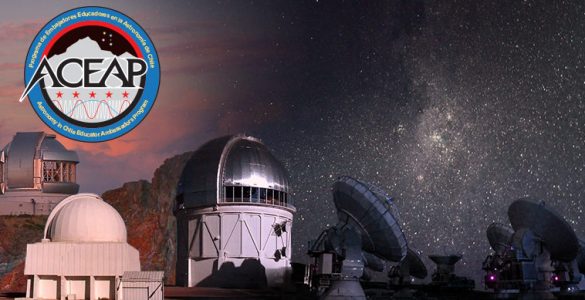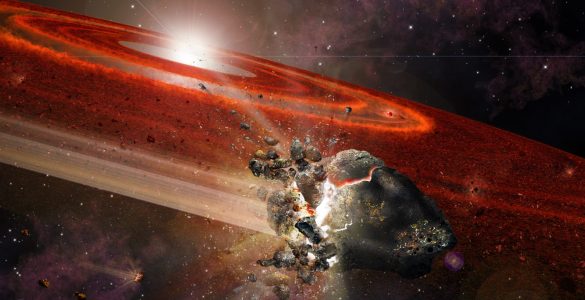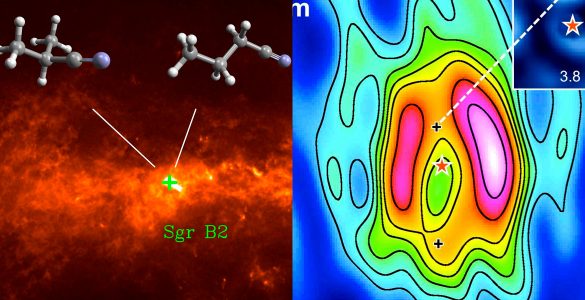Latest NRAO News
News is managed by NRAO News & Public Information. Questions about News? Have a story to share? Want to interview a scientist or create new media about our telescopes?

Applications to become an ACEAP ambassador are being accepted now.

Astronomers met in Japan to discuss latest results from ALMA.

Astronomers using ALMA may have detected Pluto-size objects swarming around a Sun-like star.

Turbulence from a black hole in a nearby lenticular galaxy is squelching star formation.

ALMA Finding ‘Top Space Story’ of 2014

ALMA finds evidence for galactic merger in a protocluster more than 12.5 billion light-years away.

Best image ever of planet formation revealed by ALMA.

ALMA has detected a streamer of material flowing from a massive outer disk toward the inner reaches of a binary star system.

ALMA reveals unexpectedly off-axis concentrations of organic molecules on Titan.

ALMA finds new organic molecule; VLA reveals details of still-forming planetary system; NRAO patent for new radio synthesizer.





